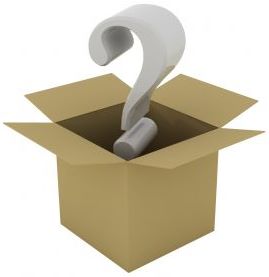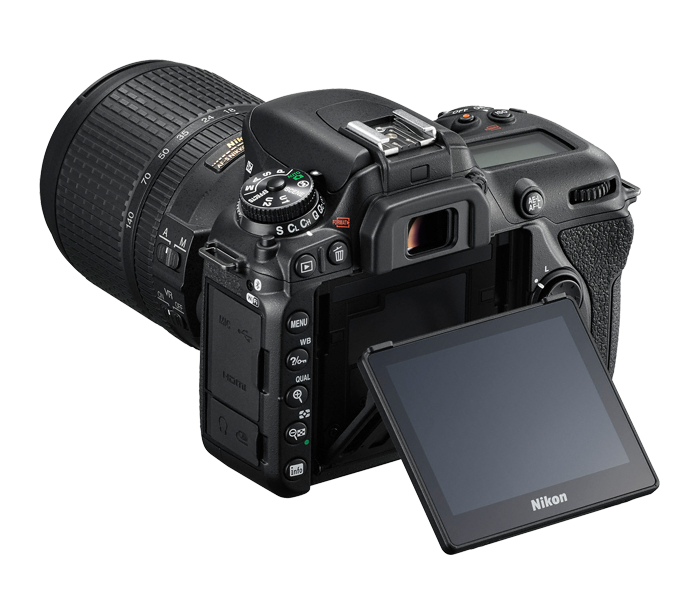I have had Nikon D700 for more than five years and loved every bit of it. When it was time for an upgrade, I was looking for a camera with a similar kind of body and controls. After doing much research, I ended up buying Nikon D810 even though Nikon had just announced D850 to upgrade D810. Before getting D810, I was struggling between D750 and D810 but my decision was made easy once I got my hands on both cameras. Even though D750 is newer model than D810, same look and feel and control as my trusted D700 sold me to D810. Some argue that D750 has better dynamic range than D180 but when I was happy shooting with even D700, I was pretty sure that D810 wouldn't disappoint me and it didn't. After I got my camera, I took it to the New York trip this December and got few shots of New York City and some of the city skyline. After I downloaded the pictures on my computer, I was amazed by the dynamic range of this camera and the details it captured. One of my favorite shot from this trip was mid-town New York City view from my hotel room. After having dinner, when I came back to the room, it was already dark and the town was glowing with the city lights. The city view from my room looked amazing and I was excited to capture it. When I took the test shot, I saw some reflections during the playback on the camera LCD screen. I had no choice but to wait little more so that the lights from neighboring rooms and other hotels will start fading and then try another shot. After waiting for few hours, I closed all the lights in my room and increase the camera distance to the glass window so that the camera reflection on the window wouldn't show up on the picture.
Whatever I did at that time to cut down the lights and avoid reflection, it worked and the picture came out with every possible detail I was expecting from 36 Mega-Pixel full frame camera. When I zoomed the picture to 100%, I could even see a person inside distant hotel room. The clarity of the camera sensor is amazing, I love the dynamic range and every detail was visible in the picture. I used Nikon 16-35mm f/4 wide angle lens with the D810 and processed the image using Adobe Lightroom.
Midtown New York City View (click the image to view full size)
Please let me know what do you think of this picture and if you are also shooting with D810, please share your experience with this camera. I always appreciate your feedback or any comments you may have. Happy Shooting!










